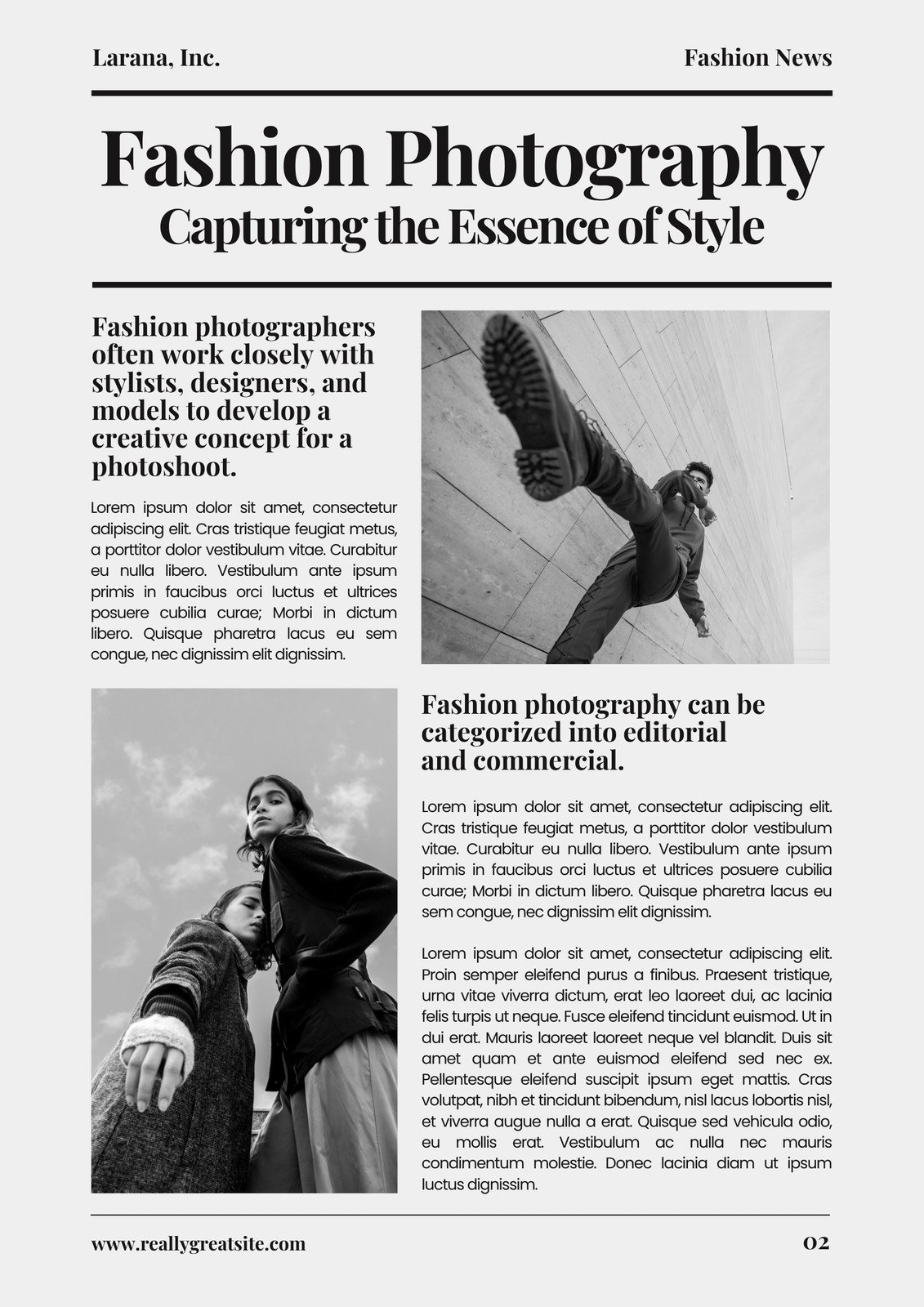10 Easy Facts About News Articles Explained
10 Easy Facts About News Articles Explained
Blog Article
Some Known Details About News Articles
Table of ContentsThe Basic Principles Of News Articles The Best Guide To News ArticlesThe Main Principles Of News Articles Some Known Questions About News Articles.The Of News Articles
Good knowledge of different topics provides pupils an affordable side over their peers. Even though digital and social media are easily easily accessible, we should not fail to remember exactly how vital it is to review the newspapers. Parents must attempt and inculcate the behavior of reviewing a newspaper as a day-to-day routine to proceed the legacy of the adored print medium.Information stories also have at the very least one of the adhering to essential qualities family member to the designated target market: distance, importance, timeliness, human passion, strangeness, or consequence.
Within these restrictions, news tales additionally intend to be thorough. Amongst the larger and more reputable newspapers, justness and equilibrium is a significant variable in providing information.
Newspapers with an international audience, for instance, have a tendency to use an extra official style of writing. News Articles.; usual design guides include the and the US Information Design Publication.
5 Simple Techniques For News Articles
Generally, reporters will certainly not utilize a lengthy word when a short one will do. They use subject-verb-object building and construction and dazzling, active prose (see Grammar). They supply anecdotes, examples and allegories, and they rarely rely on generalizations or abstract ideas. Information writers try to prevent utilizing the same word greater than when in a paragraph (sometimes called an "echo" or "word mirror").
Headlines in some cases leave out the topic (e.g., "Leaps From Boat, Catches in Wheel") or verb (e.g., "Cat woman lucky"). A subhead (likewise subhed, sub-headline, subheading, caption, deck or dek) can be either a secondary title under the primary heading, or the heading of a subsection of the short article. It is a heading that precedes the primary message, or a group of paragraphs of the major message.

Additional billboards of any of these types may appear later on in the short article (especially on subsequent web pages) to attract further analysis. Such signboards are also used as pointers to the short article in other sections of the publication or website, or as ads for the item in other magazine or websites. Common structure with title, lead paragraph (summary in bold), various other paragraphs (information) and call info.

Example of a hard-lead paragraph NASA is proposing an additional room project. The agency's budget request, revealed today, consisted of a plan to send out another goal to the Moon. This time the firm wants to he said establish a long-lasting facility as a jumping-off point for various other area experiences. The spending plan demands around $10 billion for the task.
The NASA statement came as the company asked for $10 billion of appropriations for the task. An "off-lead" is the 2nd most crucial front page information of the day. The off-lead shows up either in the leading left corner, or straight below the lead on the. To "hide try this the lead" is to begin the write-up with background information or information of second importance to the viewers, requiring them to find out more deeply into a write-up than they ought to need to in order to find the important points.
The 9-Second Trick For News Articles
Typical use is that one or two sentences each form their very own paragraph. Journalists normally define the company or framework of a news tale as an upside down pyramid. The crucial and most intriguing elements of a story are put at the start, with supporting info following in order of decreasing value.
It enables people to explore a topic to only the depth that their interest takes them, and without the charge of information or nuances that they can take into consideration unimportant, but still making that information available to much more interested viewers. The upside down pyramid structure likewise makes it possible for write-ups to be cut to any kind of approximate length throughout format, to fit in the area available.
Some writers begin their tales with the "1-2-3 lead", yet there are several kinds of lead available. This layout invariably starts with a "Five Ws" opening paragraph (as defined above), followed by an indirect quote that offers to support a major component of the read this initial paragraph, and after that a direct quote to support the indirect quote. [] A twist can describe several points: The last story in the information program; a "happy" story to end the show.
Longer short articles, such as magazine cover articles and the items that lead the within sections of a paper, are recognized as. Function tales differ from straight information in numerous ways.
The 2-Minute Rule for News Articles
The reporter typically details interactions with interview topics, making the item extra personal. An attribute's very first paragraphs usually connect a fascinating moment or occasion, as in an "unscientific lead". From the details of a person or episode, its view swiftly expands to generalities regarding the story's topic. The section that indicates what a function has to do with is called the or signboard.

The Editor's Toolbox: A Reference Overview for Beginners and Professionals (2001) Allan M. Siegal and William G. Connolly. The New York Times Handbook of Style and Usage: The Official Design Guide Utilized by the Writers and Editors of the World's The majority of Authoritative Paper (2002) M. L. Stein, Susan Paterno, and R.
Report this page